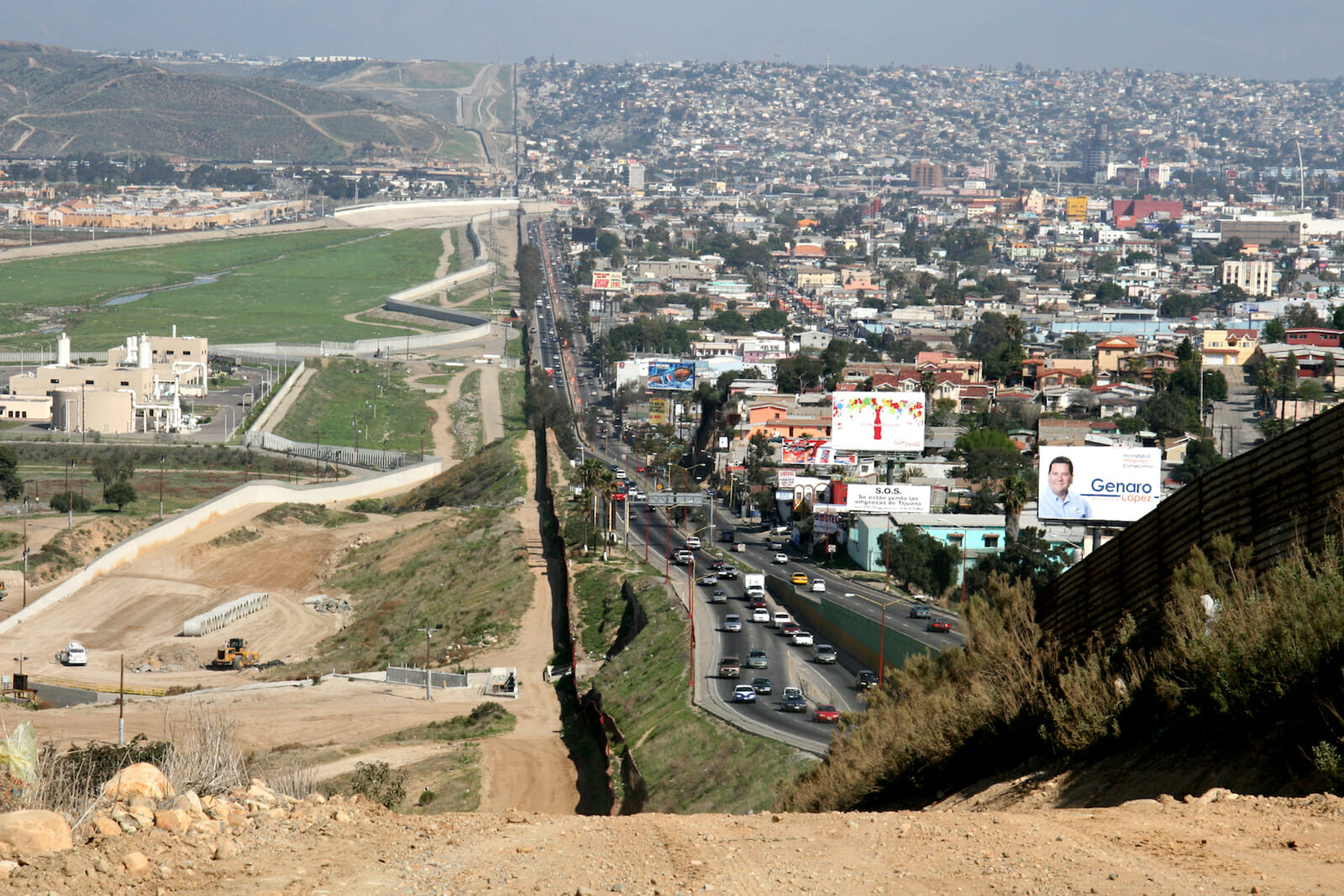
Politics
Grasping the Humanitarian Crisis at the U.S.-Mexico Border
The crisis at the U.S.-Mexico border is currently a hot-button issue as liberals and conservatives argue about how U.S. immigration laws should be reformed. Upwards of 50,000 Central American children have crossed the U.S.-Mexico border to escape their gang-controlled home countries and seek asylum in the U.S.
U.S. Congress and President Obama are therefore faced with the difficult task of deciding how to create an immigration law that takes into account the children’s humanitarian rights while still upholding U.S. law. What created this humanitarian crisis and how is the government trying to solve this problem?
Destabilization of Central American countries
It is difficult to understand exactly what has caused the current border crisis. Democrats argue that the crisis is rooted in the U.S. neglect of Central and South America, while Republicans blame lenient U.S. immigration policy and lax border control. In addition, the U.S. relationship with Central and South America is complex and politically charged, and some claim U.S. foreign policy has had a hand in destabilizing several Latin American countries.
In reality, however, the current border crisis is multifaceted and has been caused by a convergence of factors that sowed the gang-fueled violence that plagues Latin America, particularly the Northern Triangle countries of Honduras, El Salvador, and Guatemala.
In fact, UNODC statistics show that just in 2012, there were over 40,000 homicides in El Salvador, Guatemala, Honduras, and Mexico, which is where the majority of unaccompanied children are coming from. The violence, combined with poor economies, forces many children to leave their homes to seek asylum in the U.S.
What has the U.S. done about the border crisis in the past?
At the end of his term in 2008, former President George W. Bush authorized the William Wilberforce Trafficking Victims Protection Act (TVPA), which offers asylum and government assistance to Central American children who enter the U.S. alone or under false pretenses. The children are connected with an advocacy agency, offered an attorney for legal guidance, and are given a temporary visa that allows them to stay in the United States for a period of time.
Similarly, in 2012, President Obama passed the Deferred Action for Childhood Arrivals (DACA) legislation, which extended the quick access to citizenship to any minor under the age of 18 who enters the United States unknowingly and to anyone who entered the country previously as a child and has since been living in the U.S. illegally. DACA also allows children entering the US with undocumented parents to apply for renewable work visas as young adults, which gives them the opportunity to apply for United States citizenship without the threat of immediate deportation.
What is the U.S. doing now about the border crisis?
Although TVPA and DACA partially address the problem of what to do with the children, they do not solve the border crisis. As more children are passing through the border with each passing day, it is becoming more difficult not only to find shelters for the children but also to determine how the immigration policy must change to meet the rising demands of politicians.
As politicians are debating the humanitarian crisis at the United States border, the tumultuous political landscape is changing the face of immigration law and immigration reform. With many Republicans calling for a tightening of border security, President Obama urged Congress to authorize a billion-dollar bill this past July to bolster the border, hasten deportations, and address the Central American humanitarian crisis. However, the bill went nowhere in Congress.
As the humanitarian crisis continues to grow in Central and South America and on the U.S.-Mexico border, it is becoming more difficult to find a solution that fully addresses the problem and satisfies everyone involved. The issue is complicated, with so much history, variables, and opposing sides. However, hopefully, the U.S. and Latin American governments can work together to create a policy that properly addresses the crisis.

